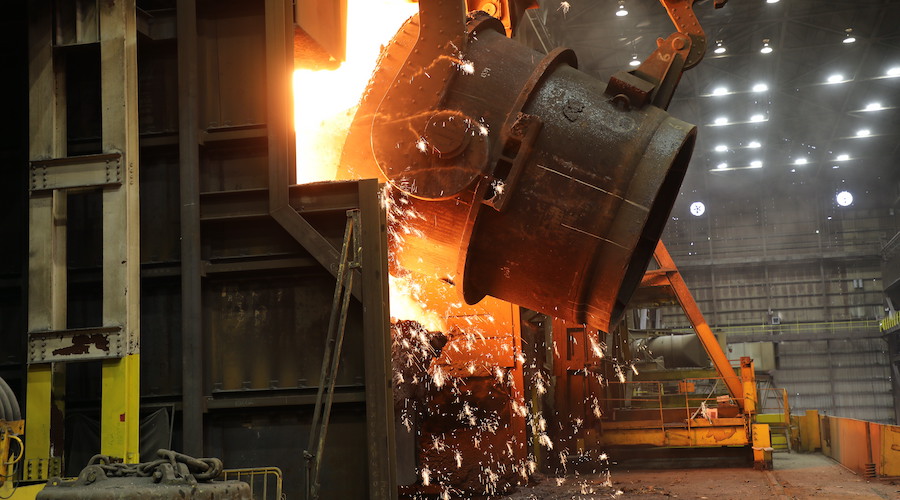Greetings investors!
Here’s a company I’ve been following forever, but haven’t written about until now: Niogold Mining Corporation, trading under the symbol NOX on Canada’s junior TSX venture exchange.
The company has spent the past five or so years quietly drilling and staking a portfolio of former gold producing properties at the Malartic and Val-d’Or camps of Quebec’s Abitibi gold district, which boasts historic production of over 170 million ounces of gold. To date, the company has drilled some 50,000 meters and acquired 115 sq km (45 sq. miles) of land.
Niogold is one of those slow-moving, ‘pay-as-you-go’ companies that just keeps plugging away and refuses to quit. They’ve run out of money several times, with trading of the company’s stock occasionally reaching a stand-still. However, the daily trading volume has been over 100,000 shares on a fairly consistent basis over the past several months, with the stock price just below its 52-week high of $0.43 Cdn per share. They’ve also been successful in raising enough money to keep the drills turning for the foreseeable future.
However, the company seems more focused on compiling the data from drilling to date: They’ve released an updated resource calculation that puts indicated resources at 598,000 ounces (a 730% increase), while inferred resources have increased to 361,000 ounces (up 34%). The gold resources are defined along a three-kilometre segment of the Norbenite-Marbanite fault zone, in and around the former Marban, Norlartic and Kierens gold mines, which collectively produced 600,000 ounces gold.
I think there is a possibility that Niogold may be getting ready to put itself on the block. Almost a million ounces of gold, though inferred and indicated, is nothing to sneeze at with gold prices tipping $1,200 per ounce. And Niogold currently has a mere $21 million market cap.
Moreover, those Norlartic and Kierens resources – calculated from a 0.5 g/t Au cut-off grade – are located in the upper 200 metres from surface, which can be considered available for potential open-pit extraction. A 2.5 g/t Au cut-off was applied to tabulate the deeper, undiluted resources lying below 200 metres vertical depth which would necessitate underground mining methods.
I really have no idea whether or not Niogold is prettying itself up for a potential sale to one of its neighbours. But any company which goes to the trouble and expense of getting its resource calculations up in a market like this, with gold prices near historic highs, is worth examining for potential exit scenarios. The chart for NOX shows slow and steady accumulation in both trading volume and price, which suggests to me they will try to take it above the 52 week high in the coming weeks. That’s a 25% premium to its current trading range of $0.35 Cdn.
Personally, I’d like to see them keep drilling. I’ve been disappointed on more than one occasion in this bull market by juniors who sold to majors before bringing their projects to full fruition. Nevertheless, companies must factor in the unpredictability of future gold prices, and the even less predictable matter of having enough capital to keep the drills turning in 2010 and beyond.
Niogold says its Marban gold system, traced over 1.4 kilometres, “deserves further evaluation at higher gold prices”, noting that the deposits remain open to expansion, notably at depth. Large gold deposits in the district are apparently known to extend to depth in excess of 1,000 metres.
Moreover, the company is confident it can increase the ounces with in-fill and step-out drilling, and intends to fully explore the twenty-kilometre length of the Norbenite-Marbanite fault zone it presently controls.
I also like the fact that their operations are in Canada, and particularly among the prodigious gold bearing camps of the Canadian Shield region. As the political risk for miners continues to grow around the world, Canada remains steadfastly committed to the industry, though it rarely comes out and says as much. But with governments, one must look to actions rather than words. I’ve seen mining projects get permitted in even ecologically sensitive areas (in one such the project in question wiped out a First Nations crab fishery!). Canada remains committed to the east coast seal hunt despite world wide opposition, and in 1980, it cast the deciding vote at a Law of the Sea Conference that upped the quota on whales. Extraordinary!
As an observer, I have no opinion on the ethics or politics of these decisions, but merely deduce from them that the country is prepared to put job creation and its own tax revenue first in all cases.
That’s always good for business!
Be careful out there.
Kb



Comments